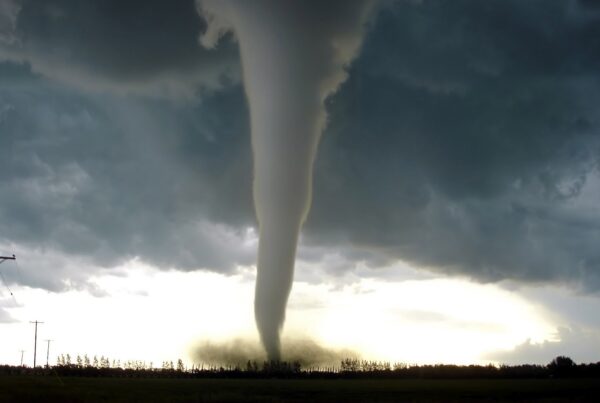New York City was hit very hard by Hurricane Sandy. Certainly the storm surge caused a large part of the damage, but typical tropical storm/hurricane conditions also contributed to the devastation. As a consequence, Mayor Michael Bloomburg assigned a task force to study the damage causing events and to try and develop revised approaches to mitigate such damage in the future.
Unlike many parts of the country, New York City has largely developed its own local building code. Where more standardized codes are used in many jurisdictions, the NYC code has been developed over the years to suit the needs of the city. Now the Task Force created by the Mayor, in an effort to improve the city’s ability to survive such devastating storms in the future, has come up with a 25 page report on just what needs work.
It was pleasing to see that many of the people assigned to the Task Force were PEs or RAs. Yet with such qualifications the report avoids getting too specific and presents more generalized suggestions that can be crafted and tailored to much more specific approaches.
You can see the Building Resiliency Task Force Report via the link below:
Button Text
The four chapter titles nearly speak for themselves:
Chapter 1: Stronger Buildings
Chapter 2: Backup Power
Chapter 3: Essential Safety
Chapter 4: Better Planning
In proposing code changes, weighing the financial impact heavily comes into play. Ultimately New York City’s City Council would have to approve any code changes, but real estate owners are already expressing concerns over possible costs. It is anticipated that existing commercial and residential buildings would not be too heavily affected, with the brunt of changes being applied to new construction or extensive renovation projects.
However, a number of proposed changes do focus on existing residential buildings such as rental, co-op, condo, and public housing. While such changes generally focus on such things as consistently available lighting and water in the face of storm conditions, even such relatively minor improvements in these buildings have been predicted to cost in the range of $16000 to as much as $100000 for a 20 story residential building.
Other cities have strengthened building codes after major storms but New York’s approach appears more comprehensive, covering a wide range of things, like storm-water management and emergency power supplies. The City is also addressing a broader range of issues because of its unique stock of skyscrapers.
Probably the single biggest approach apparently being suggested is that emergency preparedness means ensuring places are habitable for long periods even if not all services are available.
*This article had been posted in the Spring-Summer 2013 edition of The Examiner.


